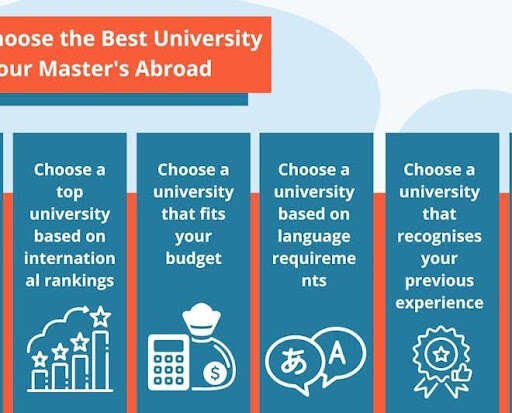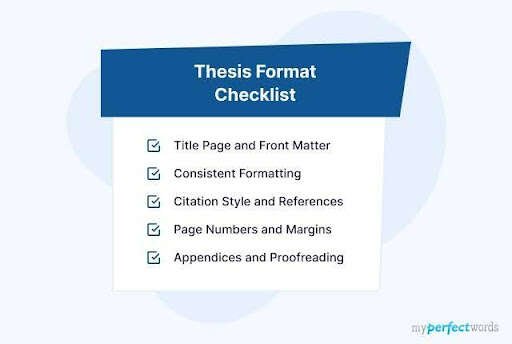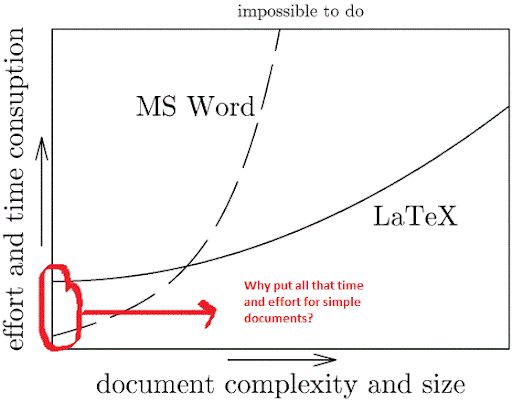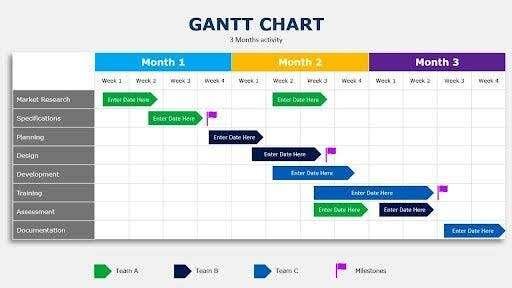
Table of Contents
Introduction
Why Getting It Right Matters from the Start
“1 in 3 students use assignment help services but 60% choose poorly” (2024 Student Survey), making the search for the best assignment help more than just a convenience it’s a necessity in 2025. Every year, countless students fall into the trap of unverified platforms, leading to late submissions, academic misconduct due to plagiarism, and financial losses from substandard work.
Facing risks like this is not pleasurable and during key semesters, they can set back your academic progress and lower your GPA. Academic support is crucial, as it often can separate those who succeed from those who don’t.
Since more people are requesting help with assignments yearly, it’s necessary to tell apart shabby ads from reliable companies. This guide provides a list of cheques you can follow to manage your online academic support and ensure your grades, your reputation and your money are safeguarded.
Why Quality Assignment Help Matters
Academic Success Depends on Smart Support Choices
Because there are so many demands in academics, selecting the right assignment help protects your reputation and helps maintain your GPA for the future. Lots of students face difficulties meeting deadlines, studying challenging courses and holding part-time jobs, so professional assistance is extremely helpful for them.
A dependable service provides a work that is both accurate and references your sources correctly, uses relevant content and satisfies the instructions of the institution. The 2024 EduStat report’s infographic indicates that students who rely on the best academic help raise their GPA by 1.5 points, on average.
Another issue occurs when the platform chosen is not suitable, as it can lead students to submit copied work and be punished. Overall, quality support serves as a helpful tool that improves learning and guarantees your time and effort will be reflected in your school grades.
Criteria #1: Service Reliability
Red Flags vs. Green Flags in Choosing Academic Support
Out of all criteria, reliability is what matters most in any student and support partner relationship. If the company offers clear answers and 24/7 help, as well as examples for students to cheque, they can feel sure about getting quality assistance.
Alternatively, if there is no way to contact the service, the reviews are only great and they do not provide work samples, this may indicate a risky business or poor-quality services. Missed deadlines, incomplete or sloppy writing and plagiarism are often the outcomes.
They should make sure to verify if an assigned writer is qualified by checking for their training, what field they specialise in and a collection of previously completed assignments. Professional writers are knowledgeable about various topics in their area of expertise and follow the guidelines for each discipline which allows them to succeed in their work.
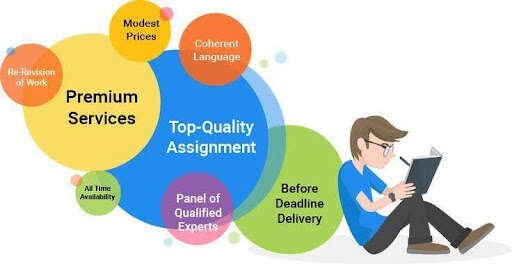
Criteria #2: Subject Expertise
Top Services by Discipline
To get effective help with an assignment, you need a service that assigns writers with experience in your chosen subject, since generalist writers may not be up to speed on the specific points of each subject. Your academic support needs to fit the level of work you are doing in any course, be it STEM or a humanities topic.
In the year 2025, ServiceX in STEM and ServiceY in the humanities both regularly offer specific support at low prices. Many like these services because they connect people with expert professionals who have advanced degrees.
When picking a platform depending on the subject, you can avoid getting confused by vague analysis or older, outdated information. The first and most crucial factor is subject alignment because it sets the stage for beneficial and top-notch academic help.
H2: Criteria #3: Urgent Support
3-Hour vs. 24-Hour Turnaround
When students run out of time for a big assignment, it is important that the help offered comes quickly and always meets your expectations. While all-day delivery helps, having access to specialists who complete a task in less than three hours can help out in a crisis. Expedited services cost more, but since they are precise and fast, you will feel it’s worth the investment if you are under a time crunch.
Even so, students must always ensure that getting their assignments done fast does not lead to mistakes which is why they should use platforms known for maintaining high standards at all times. Proper urgency is mixed with academic standards, so that any student who values such principles can be competent even at their fastest. If you need advice urgently, you can rely on urgent help to reduce stress and help you complete your work on time.
Criteria #4: Plagiarism Safeguards
How Services Guarantee Originality
Because academic integrity is required, plagiarism safeguards should be one of the main criteria for choosing the top assignment help today. Using AI, dependable platforms ensure that customers receive orders that are completely original by sending a detailed report every time. The reports make it possible for students to see if the work is unique, helping prevent mistakes and avoiding any consequences for the institution.
Top-rated services additionally guarantee a good free revision policy, so requests for changes are allowed if any worries about the originality of work crop up. If support is informative and open to improvement, it clearly demonstrates the writer’s genuine care for outstanding academic achievement which is found only in effective support services. If you consider a service in 2025 that doesn’t have a policy against plagiarism, you could endanger your academic record. If your providers focus on being creative in their services, you can maintain good grades while building on your learning skills.
Criteria #5: Fair Pricing
Avoiding Hidden Fees and Finding Real Value
When choosing which assignment help provider to use, be sure to compare prices with how much information the company shares, as some places may hide further payments. Such websites have a pricing tool that helps you calculate the price of your order using its length, difficulty level and how fast it needs to be done. The top service companies don’t require extra charges like formatting or references, unlike the shady providers.
Besides their typical prices, many of the most affordable academic help centres give students first-order discounts, special benefits and seasonal deals. If offered, student discounts can truly help students who need to save money during their studies. Being fair with prices should mean they are affordable, open and still offer the quality promised, instead of cutting back on education standards. When you work with a service that respects your finances and high academic standards, you are assured of a positive experience.
Comparison of Top 5 Services
Finding the Best Fit for Your Academic Needs
Because not all assignment help sites are alike, you must examine them to pick one that meets your coursework needs. For example, Service A offers support in all areas, including a fair turnaround time and average prices which suit students studying different topics with flexible schedules. Service B which mainly focuses on STEM subjects, costs a bit more, but it completes projects in as short as three hours, making it a favourite when there is very little time.
Since each of the top services is different in its area of focus, pricing and estimated timing, you must consider your own needs carefully to choose the right one. Certain tutoring services excel at prompt delivery, some help students get better at a particular subject and others focus on providing useful support options. The cleverest students cheque prices as well as the background, expertise and rating of writers, so that their money invested improves their grades noticeably.
Bonus Criteria: Customer Support Quality
Why Real-Time Help Builds Trust
Any reliable assignment help provider stands firm on exceptional customer service, especially when students need it. Working with a service that can assist you in real time and answer emails fast can make sure you submit your assignment on time and reduce your fears. Services that have responsive agents will answer any question you have and ensure you receive updates about your order.
Thus, students don’t have to worry about being ignored once they pay, a problem that other less legitimate sites often cause. It is also vital that the support team is professional; having polite and well-trained members represents the quality found within the company and their commitment to students staying enrolled.
By 2025, rapid responsiveness from academic platforms is more important to students than the material they provide. The most reliable academic support services ensure there is live human support all the time, rather than considering it a premium benefit. If support from a provider is responsive, it reduces confusion, ensures nothing is delayed and offers value that goes above the service price.
Bonus Criteria: Data Privacy & Confidentiality
How Secure Services Protect Your Academic Integrity
In the future, students must pay attention to the privacy and safety features of the online academic services they use. The leading assignment help companies ensure your privacy by using encrypted data and promising to protect your details and study records. Students today should never trust services that collect their data or expose their personal information, regardless of whether they are aware of it.
A proper academic writing site will have privacy rules, reliable payment methods and will forbid your order from being repeated for other clients. Picking a company that respects confidentiality allows you to avoid getting into danger that may hurt your university record. Overlooking this area, many students are more interested in fast food or cheap prices and this can lead to issues should the order be misused. Any reliable student who pays for help should place data security at the top of their criteria. Reliable support platforms provide more than just help with your grades and are concerned about your future studies.
Student Success Stories
From C to A: Real Grade Transformations
The lives of many students have changed for the better when they received help with their assignments from experts. Whether someone is studying business or computer science, receiving professional guidance has permitted a lot of students to boost their grades. Genuine results include increased confidence, a realignment of priorities and improved time management, along with better grades.
There’s nothing like meeting the deadline, understanding your professor’s comments and noticing your transcripts improving. If assignment help has brought you success, feel free to tell us about it in the comments and you might encourage someone else to ask for help.
Conclusion
Make Smarter Academic Decisions: Starting Now
Choosing the best assignment help service in 2025 comes down to prioritizing quality, fair pricing, and timely delivery and always in that order. While speed matters during crunch time, nothing replaces the long-term value of expert support that delivers original, subject-specific work. Don’t let price or urgency cloud your judgment when academic integrity is at stake. To make your search easier, take our quick assignment help quiz to match with trusted platforms tailored to your needs. You can also download our free Service Comparison Cheat Sheet and choose with confidence. Your academic success deserves nothing less than the smartest support available.




